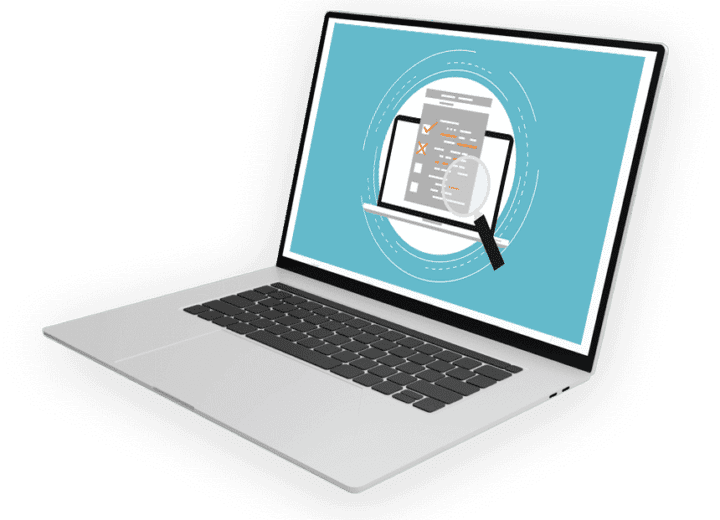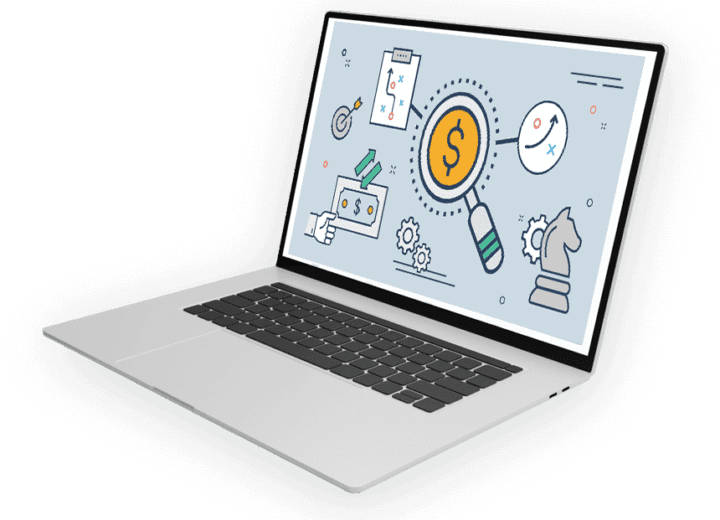The modern healthcare landscape is evolving rapidly, with Primary Care and Specialty Clinics at the forefront of this transformation. Today’s patients expect convenient, personalized, and proactive communication at every point in their care journey. From appointment scheduling and remote monitoring to follow-up consultations and shared health records, digital health solutions present a powerful way to keep patients engaged and motivated.
Yet enhancing patient engagement is no trivial task. It requires a thoughtful combination of AI/ML technologies, user-friendly interfaces, data interoperability, and strong clinical workflows. More importantly, it demands a patient-centric mindset that prioritizes communication, trust, and shared decision-making.
Ready to propel your patient engagement strategies to the next level? Keep reading for proven tools and tactics that can transform how your clinic interacts with patients—ultimately boosting satisfaction, loyalty, and outcomes in primary and specialty care.
The Growing Importance of Patient Engagement
Meeting Evolving Patient Expectations
In today’s digital era, patients have grown accustomed to seamless online experiences in other areas of their lives—banking, shopping, or social media. They naturally want that same convenience in healthcare. Research shows that patients who are actively engaged in their care are more likely to follow treatment plans, maintain regular check-ups, and report higher satisfaction.
Boosting Clinical Outcomes
When patients can easily access their test results, communicate with care teams in real-time, and receive personalized medical information, they’re more likely to adhere to medication regimens or preventive measures. This active participation often translates to better health outcomes, reduced hospital readmission, and lower overall healthcare costs.
Core Digital Health Solutions for Patient Engagement
Patient Portals and Mobile Apps
- Patient Portals: Portals provide a secure avenue for patients to view medical records, schedule appointments, and communicate with providers. This shared record model, where essential data is immediately accessible, fosters clarity and transparency.
- Mobile Apps: Smartphone apps tailored to primary and specialty care let patients track symptoms, receive medication reminders, and chat with clinicians. Push notifications keep patients engaged and encourage them to take proactive steps toward better health.
Why It Matters Easy access to medical information empowers patients, promoting science-based decision-making and improving the doctor-patient relationship.
Telehealth and Virtual Consultations
- Video Visits: Virtual consults enable patients to see their healthcare providers from anywhere—convenient for those with limited mobility or busy schedules.
- Remote Patient Monitoring: Through wearable devices and at-home diagnostic tools, clinicians can track vitals and other health indicators in real time. This data is especially valuable in specialty care scenarios like cardiology or endocrinology, where regular monitoring is essential.
AI/ML-driven chatbots and Virtual Assistants

- Symptom Checkers: AI/ML algorithms can quickly sift through clinical guidelines to offer preliminary assessments. Patients get immediate feedback while clinics reduce non-urgent phone calls.
- Appointment Scheduling: Chatbots handle routine scheduling tasks, sending reminders, and managing cancellations—all while collecting structured data for further analysis.
- LLM-Powered Support: Large Language Models (LLMs) can craft personalized educational materials or clarify common patient questions. This frees up clinical staff to handle more complex issues, enhancing efficiency.
Secure Messaging and HIPAA-Compliant Communication
Seamless, secure messaging platforms replace outdated phone systems or unencrypted emails. A dedicated channel for providers and patients to exchange quick updates, test results, and follow-up instructions dramatically cuts down on administrative burdens. With data interoperability in place, these messages can also be integrated into the patient’s shared record, ensuring no crucial information slips through the cracks.
Overcoming Implementation Challenges
Data Interoperability

For patient engagement platforms to work effectively, they must seamlessly share data with EHR systems, pharmacy records, and other clinical tools. Interoperability standards like HL7 FHIR ensure that patient data is consistent across multiple care settings. This prevents redundant tests, conflicting diagnoses, and administrative confusion.
Training and Adoption
Even the most advanced science driven tools can fail if staff are not fully on board. Effective training programs, role-based onboarding, and continuous support empower clinicians, nurses, and administrative teams to use new technologies confidently. Encouraging feedback loops also helps address pain points quickly.
Regulatory Compliance and Security
Protecting patient data is important. Ensuring compliance with HIPAA, HITECH, and other regional regulations must be a top priority when deploying digital engagement solutions. Proactive measures like data encryption, multi-factor authentication, and routine security audits minimize vulnerabilities.
Measuring Success and ROI
Patient Satisfaction Scores
Regular surveys can provide quantitative and qualitative data on patient satisfaction. High engagement often correlates with more positive feedback, better online reviews, and stronger word-of-mouth recommendations.

Clinical Outcomes
Tracking improvements in clinical markers—such as blood glucose levels or blood pressure readings—can validate the effectiveness of engagement tools. Reduced hospital readmissions also point to more effective outpatient follow-up and chronic disease management.
Operational Efficiency
Automation in appointment scheduling, billing, and data entry allows administrative staff to redirect their efforts toward higher-value tasks. Financially, clinics often see improved revenue cycles and reduced overhead when digital workflows are well integrated.
What’s Next
As healthcare technology continues to evolve, patient engagement will play an increasingly pivotal role in primary and specialty care. Innovations in AI/ML, LLMs, and data-driven personalization will reshape how clinics communicate, educate, and treat patients—ultimately pushing the boundaries of modern science.
From remote monitoring for chronic disease management to wearable sensors that share real-time vitals, the possibilities are vast. By investing in digital health solutions now, you not only improve patient outcomes today but also future-proof your clinic against shifting market dynamics and patient expectations.
Call to Action
Enhancing patient engagement through digital health solutions isn’t just about deploying flashy new apps or chatbots. It’s a holistic, patient-centric approach that blends AI/ML, seamless interoperability, secure communication, and intuitive design. By focusing on personalized care pathways, real-time feedback, and robust data sharing, primary care and specialty clinics can offer a level of service that aligns with modern consumer expectations—while boosting clinical outcomes and operational efficiency.
Ready to transform your patient engagement strategy?
Our team specializes in tailoring digital health solutions that integrate seamlessly into your existing workflows and EHR systems. Contact us or email “contactus@winfully.digital” today to learn how our expertise in shared record systems, AI/ML, and interoperability can propel your clinic to new heights of patient satisfaction and clinical success.
Discover more from WinFully on Technologies
Subscribe to get the latest posts sent to your email.










